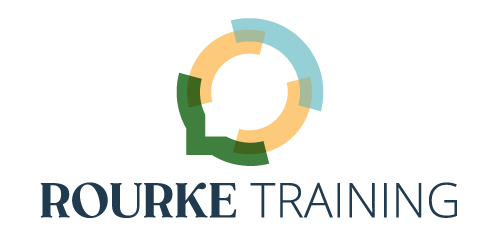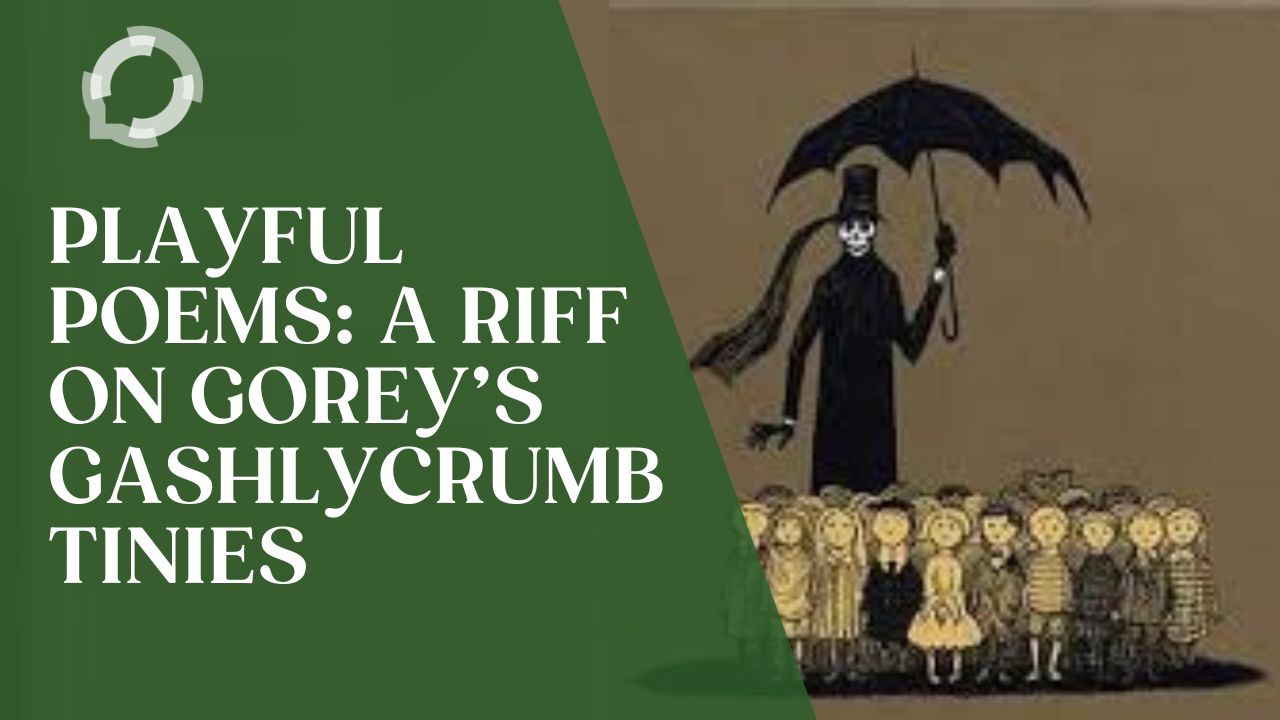April is National Poetry Month, so this week I’m riffing on one of my favorite poems, The Gashlycrumb Tinies by Edward Gorey. A children’s alphabet book with Gorey’s decidedly macabre sensibility and thin line drawings, I’ve loved The Gashlycrumb Tinies since I was a kid. I read plenty of children’s stories with flowers and food and friendly animals, but I was also a bookish child with an imagination drawn to the dark and fantastical. Gorey understood – and knew that children also understand – that death is never far from life, and that beauty exists along that arbitrary dividing line.
Children’s Poems
For many, poems are at the heart of their most beloved childhood books. Shel Silverstein and Maya Angelou are just two who take the inner lives of children seriously. Both Roald Dahl and Marilyn Singer reinvent fairy tales in poetic forms. Singer’s Mirror, Mirror: A Book of Reversible Verse is especially clever for showing literally a different side of the story. The poems can each be read from top to bottom as well as from bottom to top, showing how the same words carry an entirely different set of meanings.
Did you know that French author Charles Perrault, one of the modern popularizers of fairy tales, was also the first to publish poems attributed to Mother Goose? His original collection came out in 1697 and was translated into English by 1729. Numerous Jacks and Littles ranging from Bo-Peep to Boy Blue to Miss Muffet keep company with a menagerie of ladybirds, blackbirds, black sheep, kittens, piggies, and woodchucks in rhymes so familiar that many of us don’t specifically remember learning them.
And, of course, there’s the exponential silliness of many books by Dr. Suess, pen name of Theodor Suess Geisel. Fox in Socks, Hop on Pop, and Green Eggs and Ham threaten to spin out of control as the rhymes pile up, which makes reading these poems aloud a great joy.
Geisel’s legacy has also undergone an important re-evaluation in recent years. The National Education Association sponsors Read Across America, a year-long focus on all kinds of reading, including poems. The NEA had initially tied the kick-off Read Across America Day to Geisel’s birthday on March 2nd. Recently, however, Geisel’s estate has stopped publishing 6 titles due to racist caricatures. As the NEA says on its site, “the Read Across America brand is now one that is independent of any one particular book, publisher, or character” (scroll to the last FAQ for this quote). I applaud this embrace of responsible and diverse representations for readers of all ages.
If very young children respond to poems even before they have full grasp of language and storytelling – and research shows that they do – the words we nurture them with are crucial for their development.
Children and Poetry
This connection between children and poetry is not coincidental. As Debbie Pullinger, scholar of children’s and oral literatures as well as educational development, notes, “The connection between childhood and poetry runs deep” (1). Pullinger’s book From Tongue to Text: A New Reading of Children’s Poetry studies language development and childhood development, two paths which intersect at poetry.
Pullinger explores how the musicality, rhythm, and sound of language come before its grammar and structure. She’s also interested in why lyrics, that is to say, why poems, are often culturally under-valued, especially in comparison with narratives (fiction stories). The lyric’s basis in emotion and internal states make it especially well suited for children’s development as they learn to give voice to their own understanding of themselves. Pullinger notes that “creative play with sound is exactly what we hear from very young children” (45), an activity which researchers have theorized supports both the child’s linguistic development and their understanding of their environment (46).
Mary Helen Immordino-Yang, affective neuroscientist and human development psychologist, has argued that “the health of our social identity is every bit as important as our physical well-being because we feel them both on the same neural platforms” (133). Looking at the artist behind the art, Immordino-Yang says that “the feeling of creating … may get its inspirational power by virtue of its connections to the mechanisms that promote and feel our bodily survival and satisfaction, in the most basic, literal sense” (134). She specifically mentions poetry as one such art whose existence is as connected to human evolution as our basic physical need for food and shelter are.
An Alphabet of Poetic Terms, Inspired by Gorey’s Gashlycrumb Tinies
Some of the terms in my alphabet are types of poems, while others apply to language more generally. I aimed for a mix of familiar and new, including terms from poems beyond the standard Western canon that many Americans studied in high school and college.
Gorey’s alphabet is 12 sets of rhyming pairs of lines, called couplets, in iambic pentameter, the rhythm of an unstressed syllable followed by a stressed one, with 5 such pairs per line. This is the most common inflection pattern in spoken English. Pro tip: This is why reading poetry out loud helps you to understand it. The rhythm and sound of the words create meaning in addition to the words themselves.
A is for Aubade, greeting the new morn.
B is for Ballad, oft of lovers torn.
C is for Couplet, rhyming pair quite lean.
D is for Denotation, what words mean.
E is for Epic, tales of heroes’ fame.
F is for Free Verse, poems without frame.
G is for Ghazal, Persian term of old.
H is for Haiku, lines highly controlled.
I is for Iamb, unstressed, stressed pair.
J is for Jabberwocky, nonsense fare.
K is for Kenning, evocative phrase.
L is for Limerick, clever wit displays.
M is for Meter, unstressed and stressed joined.
N is for Neologism, term new coined.
O is for Octave, just 8 lines to write.
P is for Pastoral, rural delight.
Q is for Quatrain, 4 line group defines.
R is for Rhyme, like the end of these lines.
S is for Sonnet, Italian, English.
T is for Trope, common themes distinguish.
U is for Understatement, low worth earns.
V is for Volta, where the poem turns.
W is for Wit, humor catchy and diverse.
X is for Exquisite Corpse, collab verse.
Y is for Yugen, thought that can’t be said.
Z is for Zeugma, two nouns, verb, embed.
How About You?
Do you have a favorite poet who writes for children? Did you have a favorite poem as a child? Did you write poems yourself? An early one I remember was about my grandmother’s two black kittens, Thunder and Lightning. Long before I was an angsty teen writing very bad angsty poetry, I loved observational poems about everyday life.
I have to admit, I had a hard time choosing just one term per letter. I tried to pick a favorite line, but I can’t. I love all of them, each a compact mini-definition that somehow captures the essence of its term. If I were going to write another of these poems, which terms should I include?
Tell us about it in the comments.
Check Out Our YouTube Channel
The Rourke Training – Ongoing Mastery YouTube channel has a bit of something for everyone. Go there to get Kirsten’s take on examples of public speaking, as well as reflections on her entrepreneurial journey. The channel is also the home of the podcast Kirsten and Kellie produced for 5 years, Ongoing Mastery: Presenting & Speaking, which covers everything connected to continually improving your craft of being a public speaker, from interviews and mini-coaching sessions with guests to conversations between Kirsten and Kellie.
Come join us.
Cheers,
Kellie


